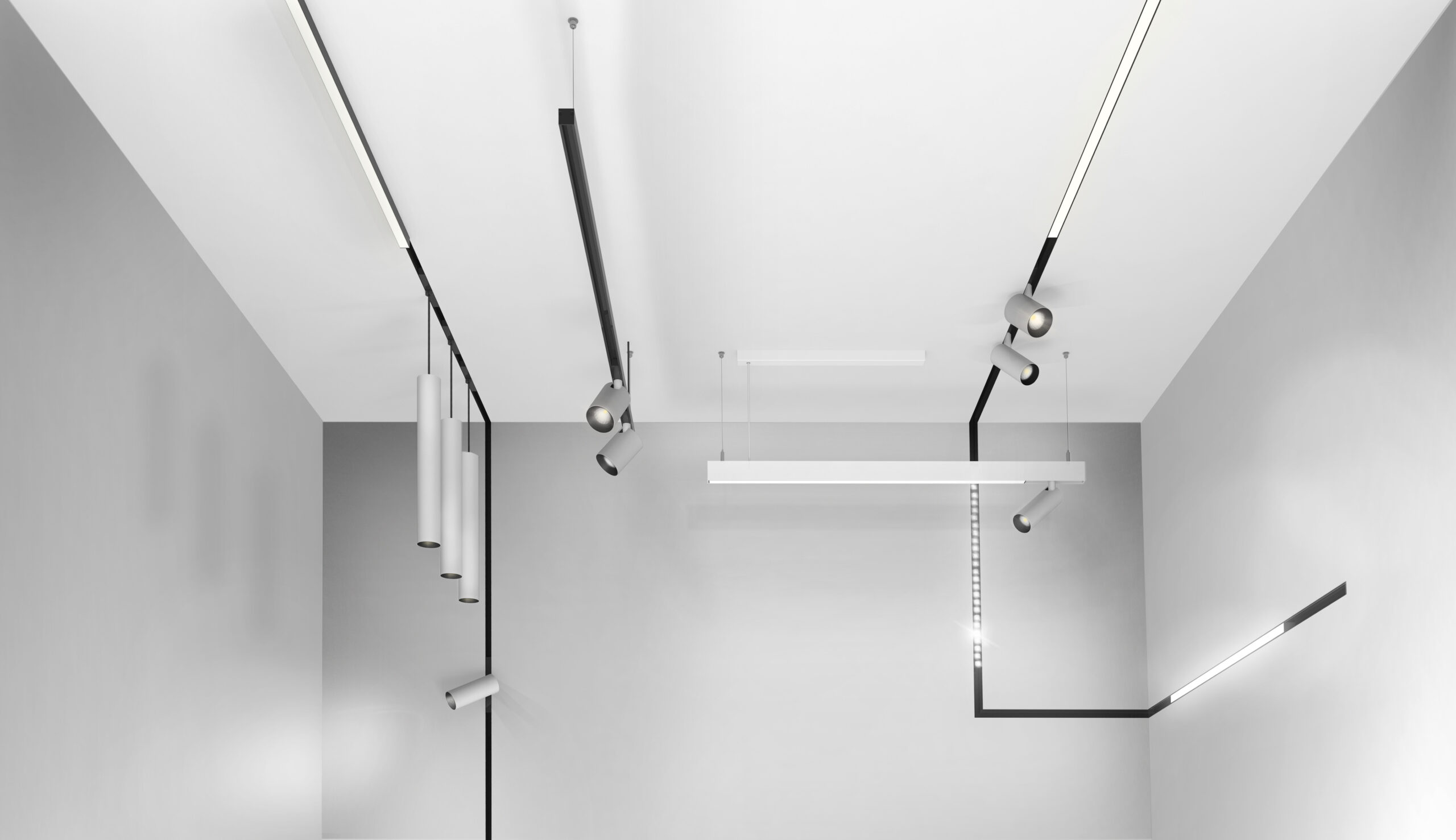The artful balance of architecture and lighting plays an essential role in creating a well-balanced living. While lighting was first only intended to lit up a space, its role has now morphed into a key player that has the ability to influence one’s wellbeing and mood; lighting can elevate our emotions, make us more energetic or relaxed, and even change our appetite. How do you choose the right lighting for different occasions?
The truth is, there isn’t a one-size-fits-all template for lighting a space. It really is dependent on what the space will be used for and the type of atmosphere you would like to create within the space. Ask yourself the intended use of the space – is the area meant for a high precision task, or does it serve as a space to relax? Knowing the answers to these questions will provide you with a better idea of the light intensity, brightness and colour temperature required for the space.
A good place to start thinking about the right light is to first understand the different types of lighting available. Here, we spotlight three common types of lighting: General lighting, task lighting and accent lighting.
General Lighting
General lighting, or ambient lighting, is intended for the general illumination of a space and projects a uniform level of brightness. It is often dimmable to mimic day and nighttime settings. General lighting is typically positioned in the centre of the space and is used in living and work environments where optimal visibility is required.
Task Lighting
Task lighting is usually a concentrated source of lighting, providing an intense illumination for detailed task work such as reading and writing. Its focus on a particular area elevates concentration and allows one to perform the job more efficiently. Task lighting is commonly used in reading rooms, kitchen and high-precision work spaces.
Accent Lighting
Accent lighting is used to accentuate a specific object or area. It is a focused source of illumination used to transform a feature, such as painting in a gallery, into a focal point. The primary role of accent lighting is to elevate aesthetics and create a point of interest for viewers.
Unfortunately, lighting has always taken a back seat when it comes to interior design. People generally do not consider it as an important feature of interior design and sees it merely as a tool to light up a space. In reality, lighting plays a much more important role in transforming a space and has the ability to influence one’s mood, productivity and wellbeing. One should always first understand the intended use of the space before choosing the light.



